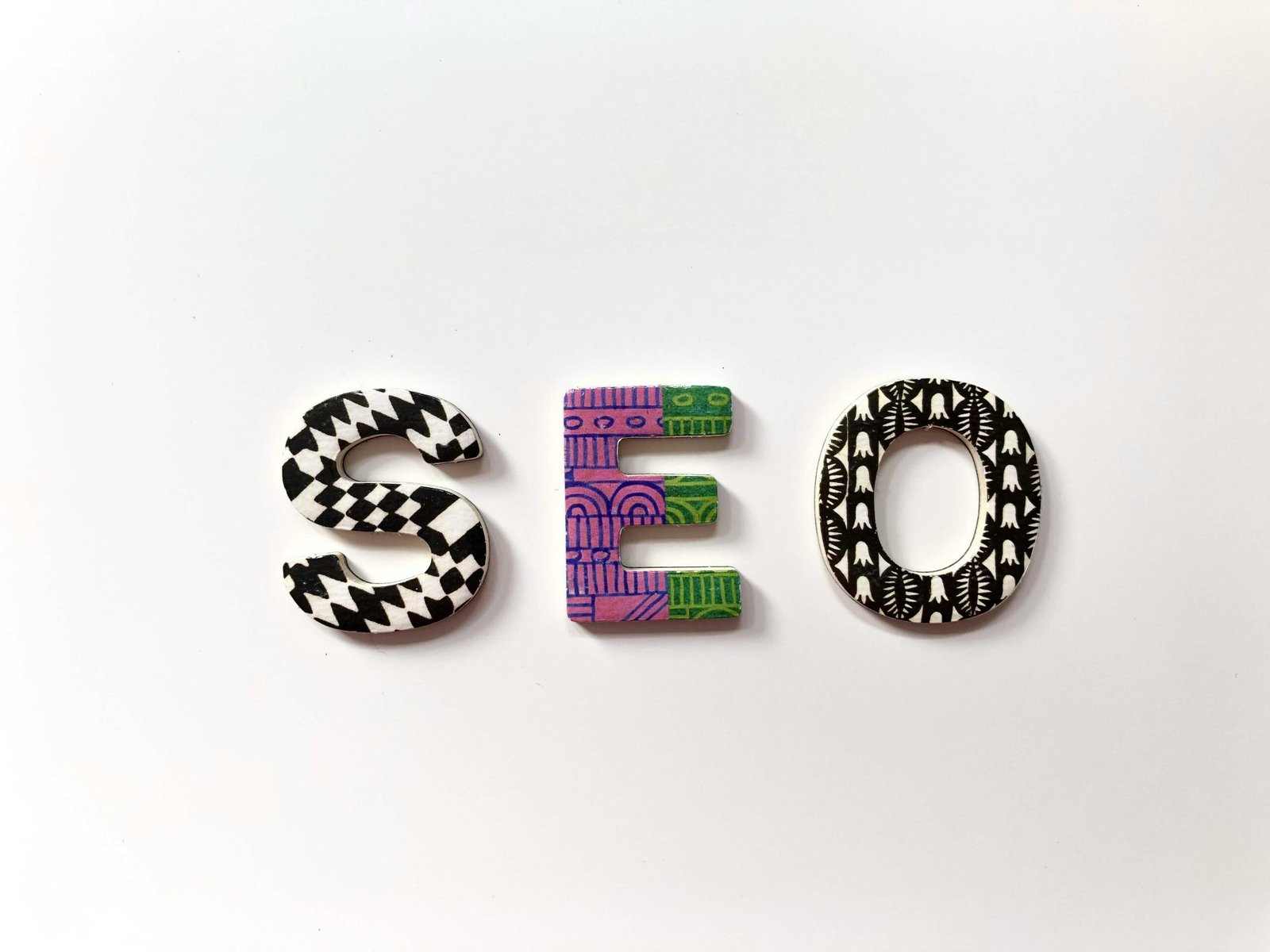
In today’s digital age, the demand for clear and engaging product visualization has skyrocketed, especially when it comes to explaining intricate and complex products. With traditional means of communication often falling short in conveying the intricacies of certain products, businesses are turning to 3D product animation as a powerful tool for delivering detailed product insights. 3D product animation is transforming the way companies explain, showcase, and market their products, providing unparalleled visual clarity and engagement.
This blog will explore the role of 3D product animation in explaining complex products, its advantages, and how it enhances the customer experience. Additionally, we will discuss how businesses can effectively leverage 3D animation services to boost their product marketing strategies.
Table of Contents
ToggleUnderstanding 3D Product Animation
3D product animation is the process of creating a three-dimensional digital representation of a product, which can be animated to demonstrate its features, functions, and use cases. Unlike static 2D images or text descriptions, 3D product animation provides a dynamic, visually compelling way to illustrate how a product works in real-world scenarios.
For complex products with intricate designs or elaborate features, explaining their functionality through simple imagery or text is often ineffective. 3D product animation allows for a detailed breakdown, showing every angle, component, and process in a lifelike manner. Whether it’s demonstrating the internal mechanics of a machine, visualizing a complex electronic device, or explaining a multi-step process, 3D animation services make it easier for customers to understand and appreciate the product’s value.
Key Benefits of Using 3D Product Animation
- Enhanced Visualization for Complex Products
Products with complicated mechanisms or technical details, such as machinery, medical devices, or industrial equipment, often require detailed explanation. 3D product animation allows companies to display every part and mechanism of the product in action. This level of visualization helps potential customers see how the product functions, down to the finest details, enhancing their understanding.
For instance, instead of relying on technical diagrams or user manuals, a 3D animation service can create an interactive animation that highlights each component’s role in the product’s operation. Such animations can zoom in on specific parts, show cutaway views, and even simulate the product working under different conditions. This level of detail is crucial for B2B industries where buyers require a deep understanding of a product before making a purchasing decision.
- Improved Customer Engagement
When explaining complex products, engagement is key. Customers may feel overwhelmed by lengthy manuals or technical jargon. 3D product animation captures attention through dynamic, visually engaging content. Animations are not only easier to digest but also more memorable, leaving a lasting impression on the viewer.
Consider the case of a new consumer electronics product with numerous features and intricate functionality. A 3D product animation can demonstrate these features in an engaging narrative, guiding the viewer through the product’s various capabilities. The use of motion, sound effects, and voiceover further enhances the experience, making it more interactive and enjoyable.
- Simplifies Complex Concepts
One of the greatest challenges in marketing complex products is simplifying technical concepts without losing their essence. 3D product animation excels in breaking down these concepts into easily understandable visual elements. It helps distill difficult information into a clear and concise format that appeals to both experts and laypersons.
For example, a company specializing in renewable energy technology might use 3D animation services to explain how their wind turbines generate electricity. Instead of delving into the physics of energy conversion, the animation could depict wind flow, turbine mechanics, and power generation in a visually simplified, yet accurate manner.
- Facilitates Global Communication
Complex products are often sold in global markets, and language barriers can complicate communication. 3D product animation transcends language through visual storytelling, ensuring that the core message reaches a broader audience. Animations with minimal text or voiceover can be universally understood, making them ideal for international marketing campaigns.
A multinational manufacturer of automotive components, for instance, can use 3D product animation to showcase the workings of their engine parts in various countries, without needing to rely heavily on translation. The animation visually conveys the product’s advantages, ensuring clarity across different linguistic and cultural contexts.
- Reduces the Learning Curve for Customers
Learning how to use a complex product can be daunting for new customers. 3D product animation can serve as a powerful instructional tool, guiding users through product setup, operation, and maintenance processes. Interactive animations can even allow customers to explore the product at their own pace, replaying sections as needed.
For example, a medical device manufacturer can create a 3D product animation that walks healthcare professionals through the steps of using a surgical instrument, showing exactly how each component works. This type of tutorial is far more effective than static instruction manuals, offering hands-on visual guidance.
- Cost-Effective Prototyping and Product Demonstrations
For products still in the development stage, creating physical prototypes can be expensive and time-consuming. 3D product animation provides a cost-effective alternative by allowing businesses to create virtual prototypes that can be animated and demonstrated without the need for physical production. These virtual models can be used to attract investors, pitch new designs, or even conduct virtual product testing.
Using 3D animation services, companies can quickly iterate on designs, make adjustments, and present new features without the cost of retooling or manufacturing new prototypes. This can be especially beneficial for industries like automotive design, where physical prototypes can cost millions of dollars.
How 3D Product Animation Enhances Marketing Strategies
In addition to its role in explaining complex products, 3D product animation plays a crucial role in marketing, enabling businesses to present their products in visually compelling ways. Below are some key ways in which 3D product animation elevates product marketing efforts:
- Attracts Attention on Digital Platforms
In an era dominated by digital media, businesses need content that stands out. 3D product animation is eye-catching and immediately grabs the viewer’s attention, making it an ideal tool for websites, social media, and email marketing campaigns. Compared to static images or long text descriptions, animations are far more likely to engage viewers and encourage them to learn more about the product.
Platforms like Instagram, Facebook, and YouTube provide businesses with the opportunity to showcase 3D product animations, which can significantly boost engagement and lead to higher conversion rates. Animations that demonstrate the product in action allow potential customers to visualize how it fits into their lives, driving purchase decisions.
- Enhances E-Commerce Experience
E-commerce sites have increasingly adopted 3D product animation to provide a more interactive and immersive shopping experience. Customers can view a product from every angle, zoom in on details, and see how it operates before making a purchase decision. This level of interaction leads to higher customer confidence and, ultimately, more sales.
For example, a company selling high-end electronics can offer an immersive 3D product animation on its product pages, allowing customers to explore the product’s features and functionality before buying. The animation provides more information than static images, reducing the uncertainty that often leads to abandoned shopping carts.
- Streamlines Sales Presentations and Trade Show Demos
For companies that rely on in-person sales presentations or trade show demonstrations, 3D product animation can be a game-changer. Instead of transporting heavy or delicate products, businesses can present animations that showcase the product’s features, even simulating real-world use cases. These animations can be shown on large screens, tablets, or virtual reality headsets, making them adaptable to any presentation environment.
At trade shows, where competition for attention is fierce, a captivating 3D product animation can draw crowds and generate interest in a way that static displays cannot. Sales teams can use these animations to explain the product’s value more effectively, leading to more informed prospects and a higher chance of conversion.
Conclusion
3D product animation has revolutionized the way businesses explain and market complex products. By providing detailed, dynamic visualizations, it simplifies the communication of intricate product features, enhances customer engagement, and streamlines marketing efforts. Whether used in product demonstrations, e-commerce platforms, or sales presentations, 3D animation services offer businesses a cost-effective and impactful way to present their products.
For businesses dealing with highly technical or complex products, investing in 3D product animation is a strategic move that can lead to better customer understanding, increased sales, and a stronger competitive edge. In a world where visuals dominate communication, 3D product animation provides the clarity and engagement necessary to succeed.






